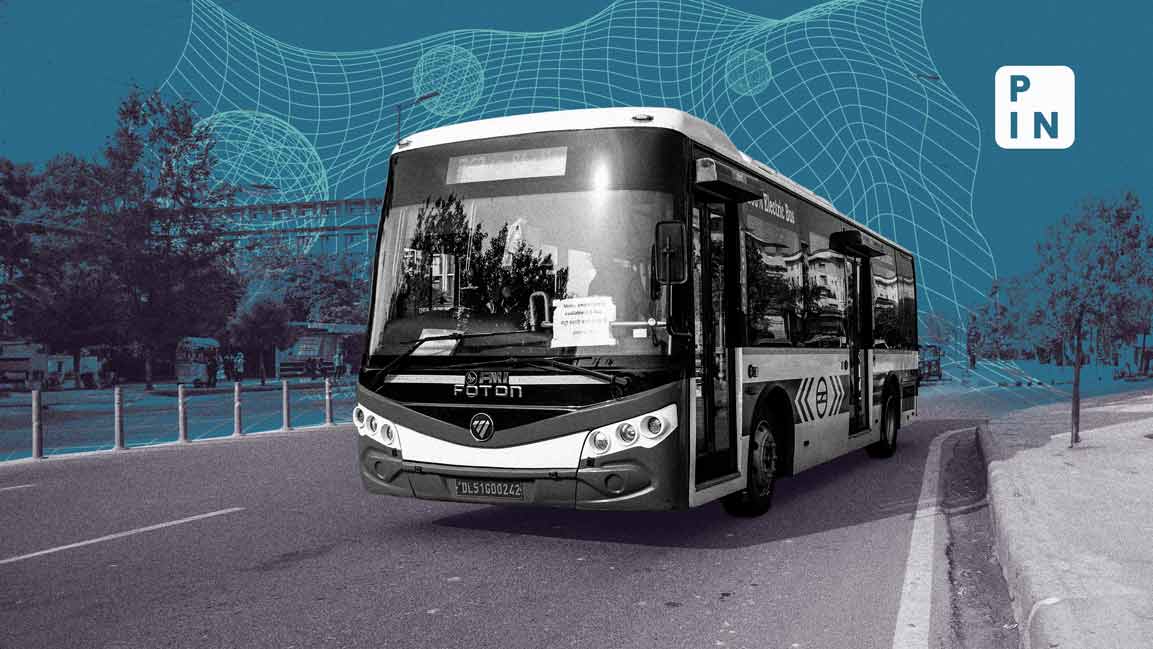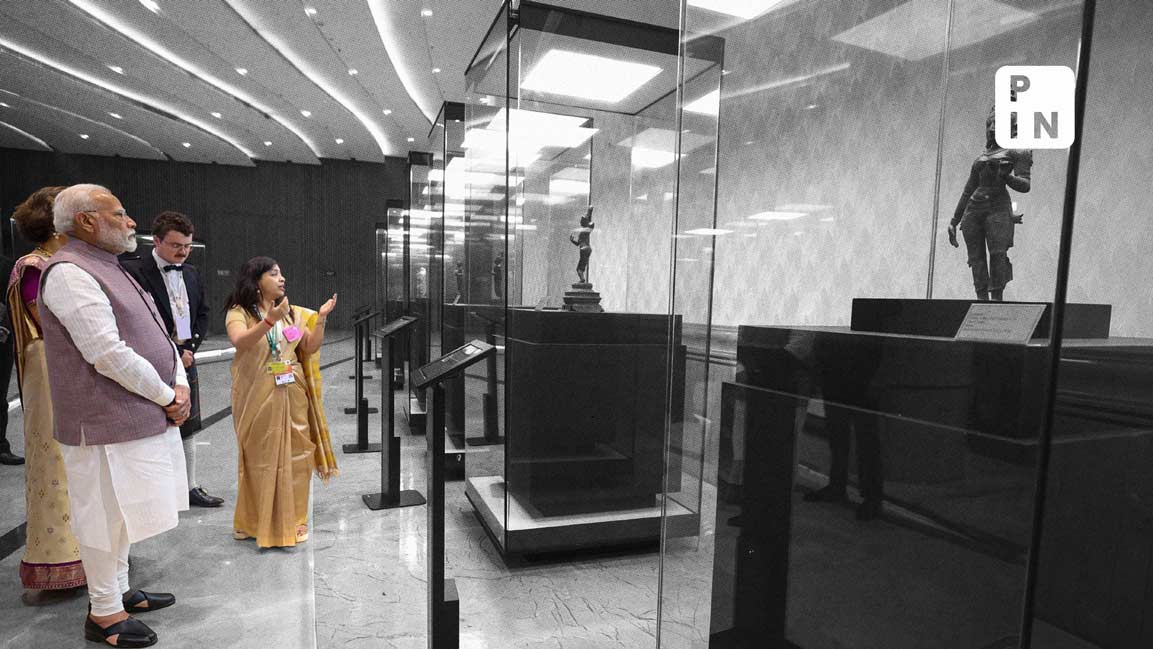- | 2:01 pm
India, US stitch up joint funding plan to roll out 50,000 e-buses by 2027
The $390 million fund, with $150 million provided by the US government and philanthropic groups, and $240 million by the Indian government, will act as a guarantee for manufacturers seeking loans to expand production

India, in partnership with the US, is stitching up a joint funding strategy to achieve a milestone of 50,000 electric buses by 2027, in a push towards achieving its renewable energy target.
The $390 million fund, with $150 million provided by the US government and philanthropic groups, and $240 million by the Indian government, will act as a guarantee for manufacturers seeking loans to expand production, Indian and US officials said at the COP28 summit in Dubai. India currently has 12,000 e-buses in operation.
This payment security mechanism is the “bedrock of risk management for building the financial system for electric mobility at scale in India,” Mahua Acharya, who spearheaded the deployment of the first e-buses in the country, said.
Acharya, who was managing director and chief executive officer of state-owned energy transition firm Convergence Energy Services Ltd, is currently chief of staff at Washington DC-headquartered C-Quest Capital.
India is working towards keeping the spiralling prices of e-buses in check. The government introduced a ‘Transportation as a Service’ scheme, enabling local authorities to adopt electric buses without bearing high upfront costs.
Under this program, bus manufacturers rent e-buses to public entities, who then make monthly payments over a 12-year period. This approach spreads out the financial burden, facilitating a more accessible transition to eco-friendly public transportation.
However, this scheme created a lull in the production of e-buses as manufacturers feared uncertain returns, the Economic Times reported.
With this new finance mechanism, the government is attempting to mitigate manufacturers’ risk as it will provide local self-governments with easy access to finance.
The mechanism will serve as an incentive for both Indian and international original equipment manufacturers and bus operators to participate in e-bus operations and potentially set up a manufacturing hub in India, Union minister for environment, forest and climate change Bhupender Yadav said .
US climate envoy John Kerry said joint finance mechanisms would boost speed, scale, and impact and help across every component of the decarbonization challenge.
India’s existing bus fleet stands at 1.5 million, most of which run on diesel. After a few successful pilots in response to a federal subsidy program, India rolled out a large, unified tender of 5,450 e-buses worth over $1 billion and spread across five states.
Discovered prices were significantly lower than diesel. Encouraged by the success, the government established a target of 50,000 e-buses. A total of 12,000 e-buses in different stages of contracting are now coming onto Indian roads.










